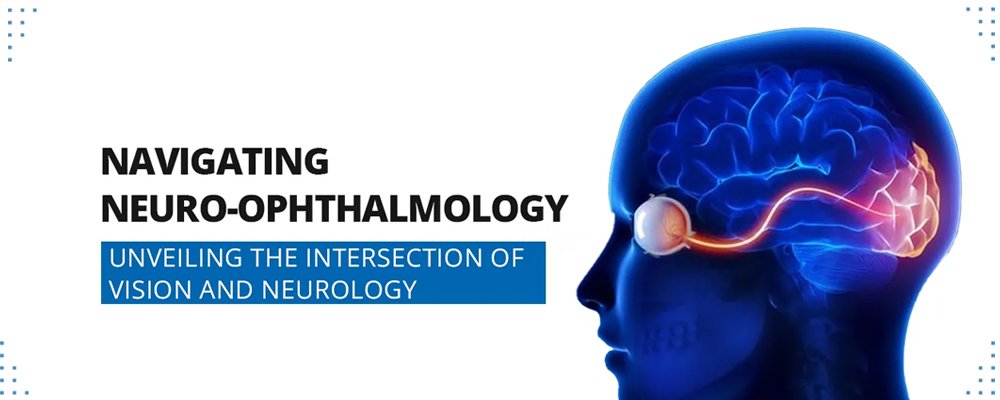History/Symptoms To Be Alert Of:
Decreased vision - Sudden onset painful transient.
Double vision - Sudden onset-Head turn to one side relieved when one eye is closed.
Headache - Mild to very severe associated with Vomiting.
Photophobia - Difficulty in seeing lights.
Spot in front of the eye - Only central area & One half is not seen.
Detailed History:
Present complaints like headache, double vision, decreased vision, decreased fields-How long the patient has been suffering from.
Any previous ocular history, any previous medical history like diabetes and hypertension.
FAMILY HISTORY - Anybody in the family who developed eye problems.
SOCIAL HISTORY - Any history of taking alcohol and smoking.
DRUG HISTORY - Any medication the patient is on, any allergy to drugs.
Visual acuity-Checked by sneller's chart Colour vision-By using Ishihara's pseudo isochromatic plates. (This is a plate with a number in one coloured dots and surrounded by dots of different shades. This is a simple clinical test and identifies whether the patient is 'red-green' colour blind.)
SLIT LAMP BIOMICROSCOPY
This instruments provided magnified excellent view of the anterior segment and with the help of special lenses the posterior segments also can be visualised.
INDIRECT OPHTHALMOSCOPY
This instruments provides an complete view of the retina upto the periphery.
PUPIL EXAMINATION
Normally both the pupils are of same size. When there is a difference in size of the pupil, it could be a problem. So complete examination of pupil has to be done Sometimes special eye drops is used to check the pupillary reaction.
OCULAR MOTILITY EXAMINATIONS
- To look for face turn.
- To look for extra ocular movements.
- Any restriction.
- Having double vision in certain gazes.
VISUAL FIELDS EXAMINATION
Confrontation: Clinical test to find out gross visual field defect.
Autoperimetry:
Using neurological fields it is possible to locate exactly the portions which the patient is not seeing. Needed for documentation and to access the improvement after treatment.
FFA:
This is a fundal photography taken by injecting a dye in the vein. The dye is metabolised in the liver and excreted in the urine. FFA gives fine details and whether there is dye leaking or staining or autoflourescence and transmission defects and filling defects.
OCT Scan:
OCT uses light and creates a high resolution cross sectional image of the retina, optic nerve head, Nerve fiber layer.
VEP:
This is a fundal photography taken by injecting a dye in the vein. The dye is metabolised in the liver and excreted in the urine. FFA gives fine details and whether there is dye leaking or staining or autoflourescence and transmission defects and filling defects.


